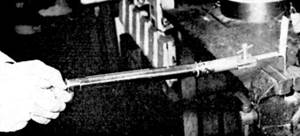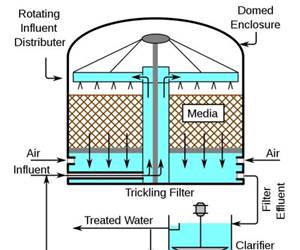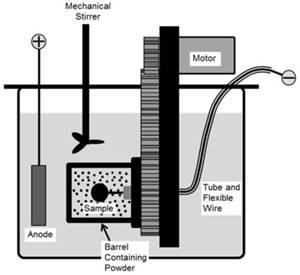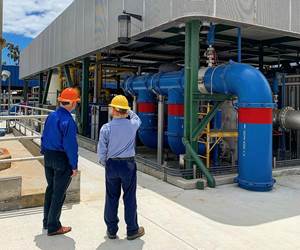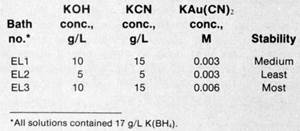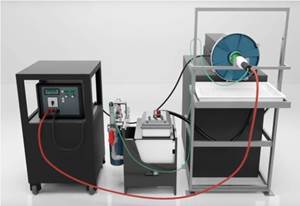An Improvement in the Zincate Method for Plating on Aluminum
Investigations were conducted into the sodium zincate solution used for treating aluminum prior to its being plated. Measurements of the adhesion of the nickel plate to aluminum and its alloys were done to check the effect of modifications made to this solution.
#research
Black Chromium Finishing: Beauty and the Beast
Over the past 10 years, there has been commercial development of black chromium deposits from a trivalent chromium electrolyte. This paper will review the deposit characteristics and operational consideration of these similar, but different chromium plating deposits.
#research #surfin
Biological Wastewater Treatment for Industrial Applications
With tightening limits on nutrients and Biological Oxygen Demand (BOD), is a small scale biological system right for your industrial facility?
#research #surfin
Electrocodeposition of MCrAlY Coatings for Advanced Gas Turbine Applications - 6th Quarterly Research Report
This NASF-AESF Foundation research project report covers the sixth quarter of project work (April-June 2019) on this AESF Foundation Research project at the Tennessee Technological University.
#research #nasf
Troubleshooting Chromium Conversion Coatings on Aluminum
This paper provides processors with an extensive troubleshooting tool when conversion coating failures are encountered.
#research #surfin
Understanding Compliance Inspection using the 6Ps Model
Staff from the City of Los Angeles Sanitation Department’s Bureau of Sanitation’s Industrial Waste Management Division, explain how metal finishers can utilize the 6Ps Model.
#regulation #basics #research
Electrocodeposition of MCrAlY Coatings for Advanced Gas Turbine Applications - 7th Quarterly Research Report
This NASF-AESF Foundation research project report covers the seventh quarter of project work (July-September 2019) on the AESF Foundation Research project at the Tennessee Technological University. The objective of the work is to study and optimize the MCrAlY electro-codeposition process to improve the coating oxidation/corrosion performance. In this quarter, the effect of the particle size of gas-atomized CrAlY powders on electro-codeposited Ni-CrAlY composite coatings was studied.
#research #nasf
Laser-Induced Selective Deposition on Metal Using Electroless Gold
Originally published as H.R. Khan, M.U. Kittel and Ch. J. Raub, Plating and Surface Finishing, 75 (8), 58-64 (1988), this paper was awarded the 1989 AESF Gold Medal. The idea was to see if shining a laser on the substrate during electroless gold plating had any significant effect. The results are presented here.
#research
Improved Process Capabilities for Groove Repair
Advanced selective plating techniques have been developed for the challenging application of repairing internal grooves that have experienced severe corrosion. Many groove configurations require uniform, high-thickness deposition of a plated deposit onto any, or all, of the surfaces with a minimal need for intermediate machining steps. This paper demonstrates how a combination of an engineered, wrap-less anode design along with optimized computer controlled operating parameters has led to reduced downtime, high quality and repeatable selective plating repairs.
#research #surfin
Electrochemical Destruction of Perfluorooctanesulfonate in Electroplating Wastewaters - 1st & 2nd Quarterly Report
This is the first report on a new NASF-AESF Foundation research project dealing with PFAS - a critical issue for the surface finishing industry. The project will study an electrochemical, destructive treatment strategy for the remediation of relevant PFASs in electroplating wastewater. The overall objective is to utilize a cost-effective reactive electrochemical membrane (REM) for the removal of PFAS from synthetic electroplating wastewater.
#research #nasf


